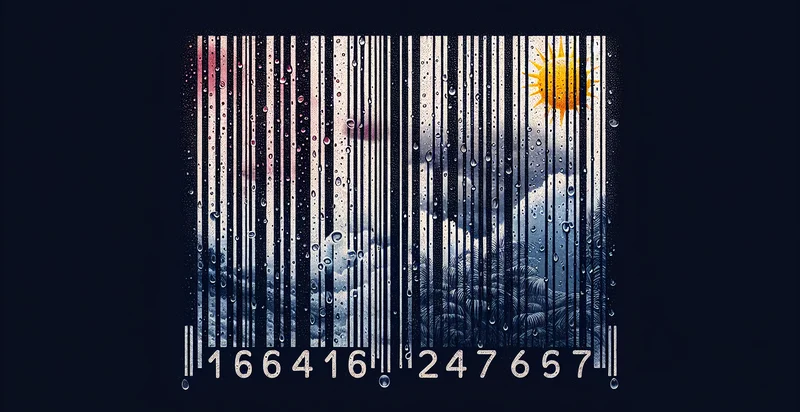Identify qr code weather exposure
using AI
Below is a free classifier to identify qr code weather exposure. Just upload your image, and our AI will predict the weather exposure levels based on the QR code information - in just seconds.


Contact us for API access
Or, use Nyckel to build highly-accurate custom classifiers in just minutes. No PhD required.
Get started
import nyckel
credentials = nyckel.Credentials("YOUR_CLIENT_ID", "YOUR_CLIENT_SECRET")
nyckel.invoke("qr-code-weather-exposure", "your_image_url", credentials)
fetch('https://www.nyckel.com/v1/functions/qr-code-weather-exposure/invoke', {
method: 'POST',
headers: {
'Authorization': 'Bearer ' + 'YOUR_BEARER_TOKEN',
'Content-Type': 'application/json',
},
body: JSON.stringify(
{"data": "your_image_url"}
)
})
.then(response => response.json())
.then(data => console.log(data));
curl -X POST \
-H "Content-Type: application/json" \
-H "Authorization: Bearer YOUR_BEARER_TOKEN" \
-d '{"data": "your_image_url"}' \
https://www.nyckel.com/v1/functions/qr-code-weather-exposure/invoke
How this classifier works
To start, upload your image. Our AI tool will then predict the weather exposure levels based on the QR code information.
This pretrained image model uses a Nyckel-created dataset and has 12 labels, including Exposed, Exposed With Damage, Fully Protected, Non-Salvageable, Partially Exposed, Salvageable, Severely Exposed, Structurally Compromised, Unexposed and Vulnerable.
We'll also show a confidence score (the higher the number, the more confident the AI model is around the weather exposure levels based on the QR code information).
Whether you're just curious or building qr code weather exposure detection into your application, we hope our classifier proves helpful.
Related Classifiers
Need to identify qr code weather exposure at scale?
Get API or Zapier access to this classifier for free. It's perfect for:
- Outdoor Event Planning: Event organizers can utilize the QR code weather exposure identifier to assess weather conditions at various locations before deciding on the most suitable venue. By scanning QR codes linked to real-time weather data, they can better plan for contingencies, ensuring attendees have a pleasant experience.
- Supply Chain Management: Companies in logistics can implement this function to monitor the exposure of outdoor goods to varying weather conditions during transit. By scanning QR codes on packages, firms can ensure sensitive items are stored and transported under optimal conditions, mitigating product damage.
- Agriculture Monitoring: Farmers can integrate the QR code weather exposure identifier into their operations to track weather conditions affecting their crops. By linking QR codes to specific field locations, they can make informed irrigation and planting decisions based on local weather data, enhancing yield and sustainability.
- Retail Inventory Management: Retailers can use QR codes to monitor the weather exposure of products that are sensitive to environmental conditions, like seasonal clothing or outdoor equipment. By analyzing weather data associated with each code, they can optimize inventory placement and reduce markdowns due to unsold items.
- Smart Construction Projects: Construction firms can employ this function to evaluate weather exposure risks for ongoing projects. Scanning QR codes that correspond to specific equipment or building materials allows project managers to adjust timelines and protect assets based on real-time weather conditions.
- Tourism and Travel Services: Travel agencies and tour operators can use the QR code weather exposure identifier to curate experiences tailored to current weather conditions. By providing customers with instant weather updates linked to their travel arrangements, they can improve satisfaction and reduce cancellations or rescheduling.
- Environmental Research: Researchers and environmental scientists can use QR codes to collect weather exposure data for various ecological studies. By scanning codes located throughout different habitats, they can gather valuable data on climate patterns and their effects on local wildlife, informing conservation efforts.


